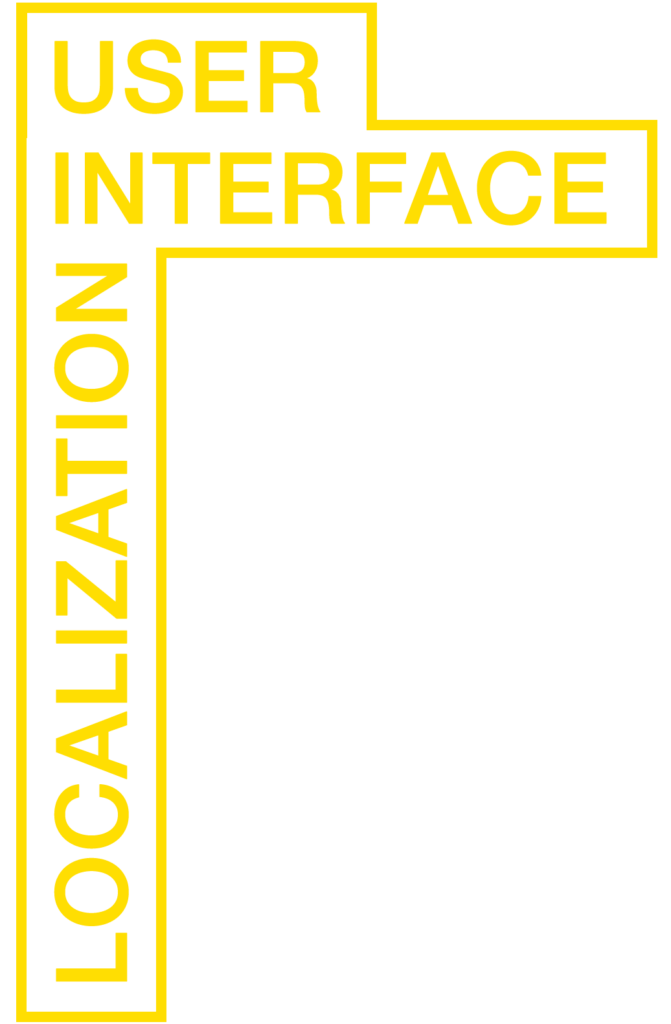

Word-for-word translations can damage user experience and backfire in unexpected ways. That’s why we translate ideas, not words. Depending on your marketing needs, we can (and probably will) re-create your content in another language rather than simply relay its message. The result is a natural-sounding, easy-to-read text that is able to sell, engage, and inspire.
Ads, taglines, brochures, any materials you may need to interact with your customers – it all has to be transcreated rather than translated. This requires a linguist to have copywriting skills on top of excellent language proficiency, where a sense of language style is of utmost importance.
Drop us a line to see what we’re capable of.

Word-for-word translations can damage user experience and backfire in unexpected ways. That’s why we translate ideas, not words. Depending on your marketing needs, we can (and probably will) re-create your content in another language rather than simply relay its message. The result is a natural-sounding, easy-to-read text that is able to sell, engage, and inspire.
Ads, taglines, brochures, any materials you may need to interact with your customers – it all has to be transcreated rather than translated. This requires a linguist to have copywriting skills on top of excellent language proficiency, where a sense of language style is of utmost importance.
Drop us a line to see what we’re capable of.





There may not be many words in your mobile app, but mishandling them can have unwanted consequences. User frustration, lost sales, damage to your brand’s reputation—the list goes on.
Software, apps, and even website texts are sometimes perceived by both businesses and linguists as some of the easiest types of content to deal with — at Interlanguage, we consider it our mission to change this misconception.
Because in reality, app localization is a nuanced and hard-to-crack process with a technical aspect to it: you’ve got to know how apps work in order to translate them well.
We regularly pubish UI guides for some of the languages that we support. If you’re a customer, that will give you more visibility into our process, and for linguists, it can be useful reference material.


There may not be many words in your mobile app, but mishandling them can have unwanted consequences. User frustration, lost sales, damage to your brand’s reputation—the list goes on.
Software, apps, and even website texts are sometimes perceived by both businesses and linguists as some of the easiest types of content to deal with — at Interlanguage, we consider it our mission to change this misconception.
Because in reality, app localization is a nuanced and hard-to-crack process with a technical aspect to it: you’ve got to know how apps work in order to translate them well.
We regularly pubish UI guides for some of the languages that we support. If you’re a customer, that will give you more visibility into our process, and for linguists, it can be useful reference material.


The linguistic review is a process of text revision performed by a professional linguist. A review includes a check and evaluation of the used words, in accordance with the context and its specifics – a thorough check of both the source and target texts. As a result, this process contributes to a more precise translation.
The proofreaders we assign to review your texts are native speakers and professional linguists based in the target countries. They are tasked to perform independent checking of the translation, examining grammar, style, accuracy, spelling, and making corrections or improvements as necessary.


The linguistic review is a process of text revision performed by a professional linguist. A review includes a check and evaluation of the used words, in accordance with the context and its specifics – a thorough check of both the source and target texts. As a result, this process contributes to a more precise translation.
The proofreaders we assign to review your texts are native speakers and professional linguists based in the target countries. They are tasked to perform independent checking of the translation, examining grammar, style, accuracy, spelling, and making corrections or improvements as necessary.


The linguistic review is a process of text revision performed by a professional linguist. A review includes a check and evaluation of the used words, in accordance with the context and its specifics – a thorough check of both the source and target texts. As a result, this process contributes to a more precise translation.
The proofreaders we assign to review your texts are native speakers and professional linguists based in the target countries. They are tasked to perform independent checking of the translation, examining grammar, style, accuracy, spelling, and making corrections or improvements as necessary.


DTP is working on the formatting and layout of a project. Its main objective is that the target language matches the general formatting of the original file (like paragraphs, page size, colors, pictures, etc.)
The idea of this process is to match the layout from the source in all the languages the project has been translated to and this is done to make all of the audiences see the same content in the final product.
Finally, having the project checked by a designer can add a new perspective to It, outside of the linguistic point of view.


DTP is working on the formatting and layout of a project. Its main objective is that the target language matches the general formatting of the original file (like paragraphs, page size, colors, pictures, etc.)
The idea of this process is to match the layout from the source in all the languages the project has been translated to and this is done to make all of the audiences see the same content in the final product.
Finally, having the project checked by a designer can add a new perspective to It, outside of the linguistic point of view.

Audience research will give a deeper insight into what the target market’s like and how to better approach it. Do they need the product in their native language or do they prefer it to be in English, or another widely spread language in their region? Audience research is important because it helps effectively communicate with it.
The point of doing audience research for the right language is to get a better insight into the target audience. It’s an important part of the procedure as it’s a waste of resources if the product is not delivered in the language expected and the consumers are lost due to the product being incomprehensible to them. Delivering the products in the right manner can create a wide variety of ways to increase profits.



Audience research will give a deeper insight into what the target market’s like and how to better approach it. Do they need the product in their native language or do they prefer it to be in English, or another widely spread language in their region? Audience research is important because it helps effectively communicate with it.
The point of doing audience research for the right language is to get a better insight into the target audience. It’s an important part of the procedure as it’s a waste of resources if the product is not delivered in the language expected and the consumers are lost due to the product being incomprehensible to them. Delivering the products in the right manner can create a wide variety of ways to increase profits.


While these two domains are vastly different, great attention to terminology is a must for both.
This means that we need to follow a specific process where terminology adherence is ensured throughout the whole document (or across multiple documents belonging to the same set of files). To achieve consistency, we create a glossary for each new translation request — or update existing termbases if your project is a follow-up to one of your previous requests.
Your materials will be taken care of by those who specialize in their respective field, whether it’s car parts, financial reporting, or legal contracts. We work with practicing lawyers and engineers who have high levels of expertise in their specialization.


While these two domains are vastly different, great attention to terminology is a must for both.
This means that we need to follow a specific process where terminology adherence is ensured throughout the whole document (or across multiple documents belonging to the same set of files). To achieve consistency, we create a glossary for each new translation request — or update existing termbases if your project is a follow-up to one of your previous requests.
Your materials will be taken care of by those who specialize in their respective field, whether it’s car parts, financial reporting, or legal contracts. We work with practicing lawyers and engineers who have high levels of expertise in their specialization.
